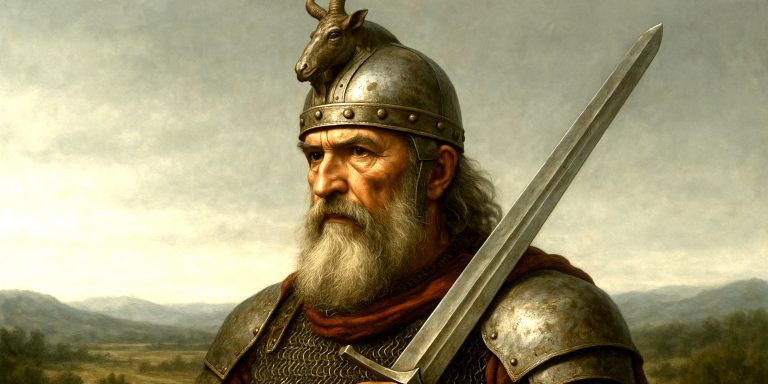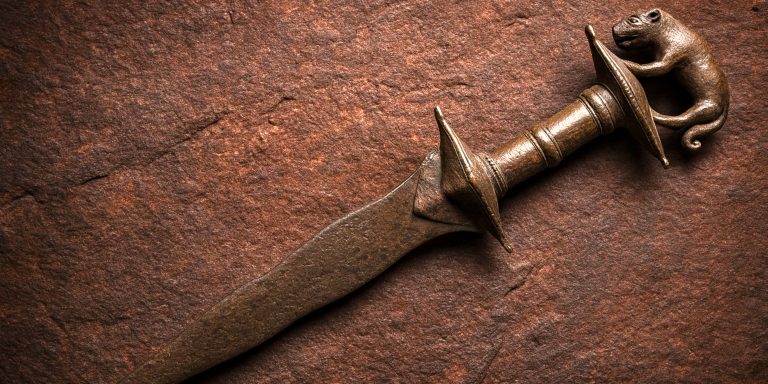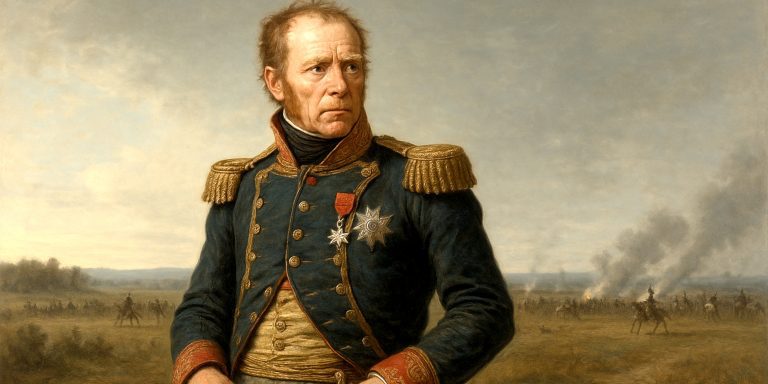
A fight on shifting sand is a fine way to test both tempers and tactics. The Battle of Nieuwpoort in 1600 delivers that lesson with enthusiasm. Maurice of Nassau marched towards the Flemish coast with confidence, only to discover the landscape had its own opinions. Albert of Austria met him with hardened tercios and the sort of battlefield resolve that makes an armchair historian sigh with sympathy.
What follows is a structured account shaped for web reading, with the forces, commanders, arms, armour, archaeology and the unfolding of the day all set out clearly. Expect a historian’s tone with the occasional dry remark, because a battle in dunes deserves at least that.
The Battle of Nieuwpoort took place on 2 July 1600 during the Eighty Years War. The Dutch rarely sought open battle, but this time they did. Maurice of Nassau hoped a decisive victory would break the Spanish hold in Flanders. Albert of Austria responded with speed and aimed to trap the Dutch army before it reached secure ground near the coast.
The clash unfolded across soft sand, broken dunes and hot air that refused to cooperate. Victory depended on discipline, formation work and the stubbornness of infantry who had little choice but to keep going.
Forces
Table: Estimated Forces at Nieuwpoort
| Army | Estimated Strength | Composition Notes |
|---|---|---|
| Dutch Republic | Around 12,000 to 14,000 | Mixed infantry, artillery, German, English and Scottish contingents |
| Spanish Army | Around 10,000 to 11,000 | Veteran tercios, Walloon and Italian infantry, seasoned cavalry |
Leaders
Maurice of Nassau, Dutch Republic
Precise and methodical, with a talent for turning warfare into a series of drill manuals. At Nieuwpoort, he proved more adaptable than his critics liked to admit.
Albert of Austria, Spanish Netherlands
Experienced and calm under pressure. His army trusted him, though the dunes did not share that loyalty.
Arms and Armour
Infantry Weapons
- Pikes from fifteen to eighteen feet.
- Calivers, arquebuses and wider adoption of matchlock muskets.
- Sidearms such as ballock and rondel daggers.
Swords
- Dutch officers frequently carried cut and thrust swords and early hangers.
- Spanish infantry relied on early cup hilt and shell guard rapiers suited for thrusting.
- Cavalry on both sides preferred heavy broadswords for mounted slashing.
Armour
- Pikemen often wore half armour with cuirass and tassets.
- Musketeers commonly fought without armour owing to the weight.
- Cavalry used heavier cuirasses and burgonets, sometimes decorated.
Troop Composition Table
| Force | Infantry Types | Cavalry Types | Notable Features |
|---|---|---|---|
| Dutch | Pikemen, musketeers, English and Scottish mercenaries | Demi lancers, cuirassiers | Strong firearm presence, drilled manoeuvres |
| Spanish | Pike and shot tercios | Lancers, mounted arquebusiers | Elite discipline, veteran officers |
History and Evolution of the Campaign
Maurice aimed to strike a symbolic blow by attacking along the Flemish coast. The plan was bold and rather optimistic. The Spanish responded more quickly than expected and forced the Dutch to fight near Nieuwpoort.
The Spanish tercios pressed hard, driving back parts of the Dutch line. Several moments looked perilously close to collapse. The steadiness of the English and Scottish troops under Sir Francis Vere kept the centre intact. Maurice used his cavalry with precise timing, swinging the momentum back in his favour.
Battle Timeline
Morning
Dutch vanguard advanced into the dunes. Skirmishing broke out along the ridges.
Late Morning
Spanish infantry launched strong assaults. The Dutch right struggled but did not fold.
Early Afternoon
English and Scottish infantry held firm despite heavy pressure. Vere was wounded yet refused to quit the field.
Mid Afternoon
Maurice counterattacked with cavalry. Spanish formations began to lose cohesion as the sand hampered movement.
Late Afternoon
Spanish lines withdrew in disorder. Dutch forces held the ground after a long and exhausting fight.
Contemporary Quotes
Sir Francis Vere recalled his position as standing “in the very throat of danger”, which is admirably understated for a man who had just held a collapsing centre together.
A Spanish officer later wrote that the men fought “against earth and air as much as the enemy”, a sentiment anyone who has ever tried marching in dunes can appreciate.
Archaeology
Excavations near Nieuwpoort have uncovered widely scattered musket balls, suggesting chaotic firing rather than neat volleys. Pike heads and armour fragments have emerged from shifting sand layers, which move often enough to frustrate well-meaning archaeologists.
Decorative sword guards, likely from officers, have been found near former crest lines of the dunes, hinting at close combat in ground that refuses to stay still.
Advantages and Disadvantages
Dutch Advantages
- Flexible command decisions by Maurice.
- Well drilled infantry.
- English and Scottish contingents that refused to break.
Dutch Disadvantages
- Deep in enemy territory.
- Ground that disrupted their early formations.
Spanish Advantages
- Veteran tercios with excellent discipline.
- Strong cavalry with confidence in attack.
Spanish Disadvantages
- Difficult terrain that resisted rapid redeployment.
- Fatigue from forced marching.
Legacy
Nieuwpoort showed that the Dutch army could stand against the feared Spanish tercios in open battle. Maurice gained renewed prestige, and the myth of Spanish invincibility took a noticeable dent.
For historians, it remains a vivid example of how terrain can shape a battle as much as generals. Sand is an unforgiving companion, and Nieuwpoort proved it magnificently.
Watch the documentary:



